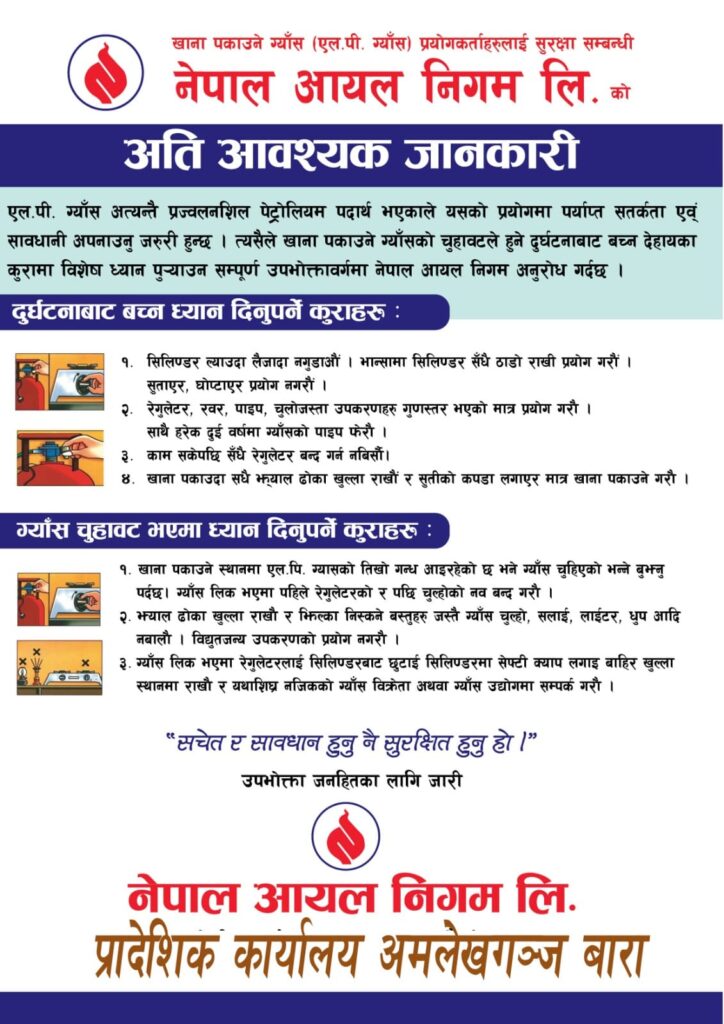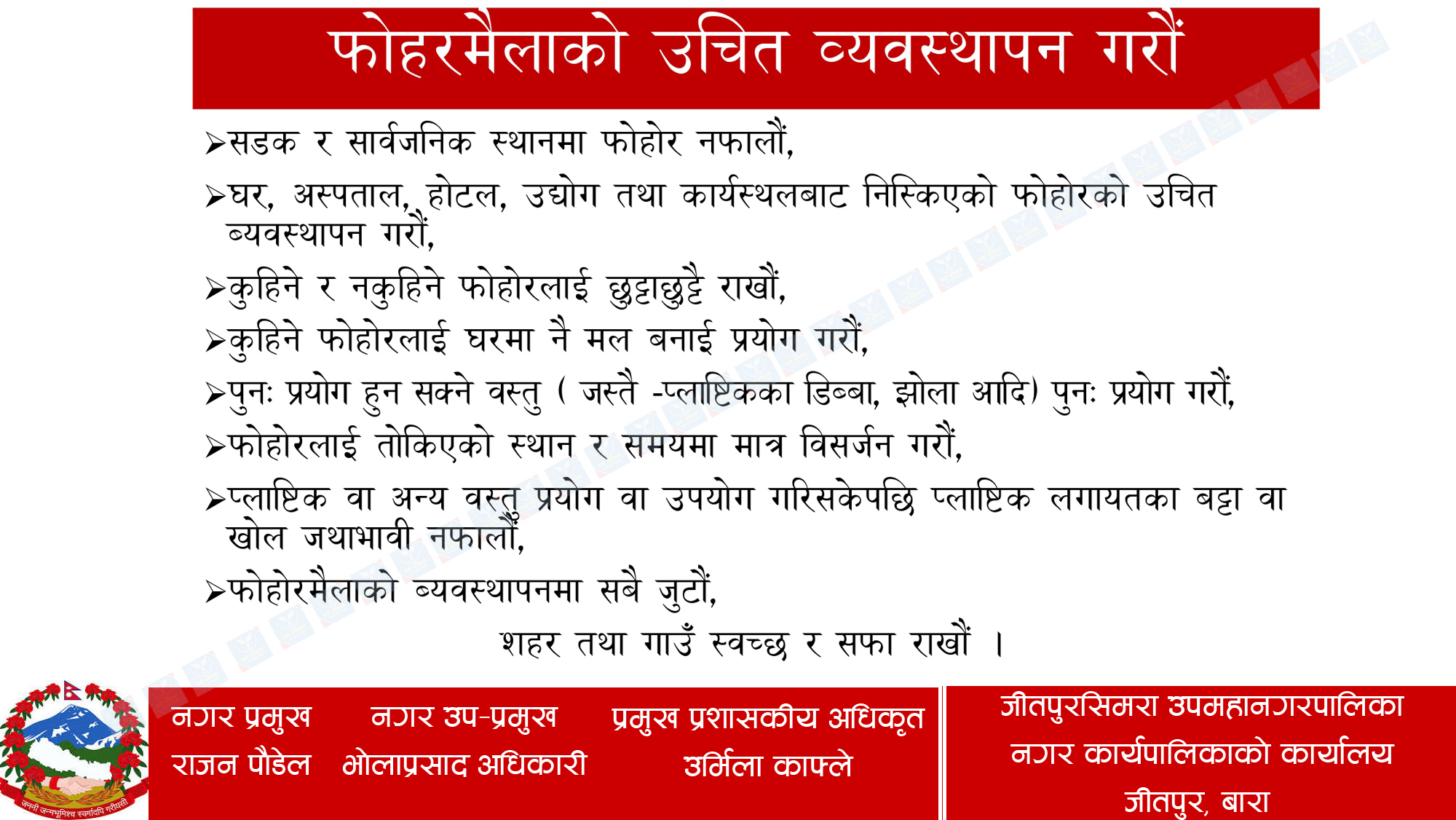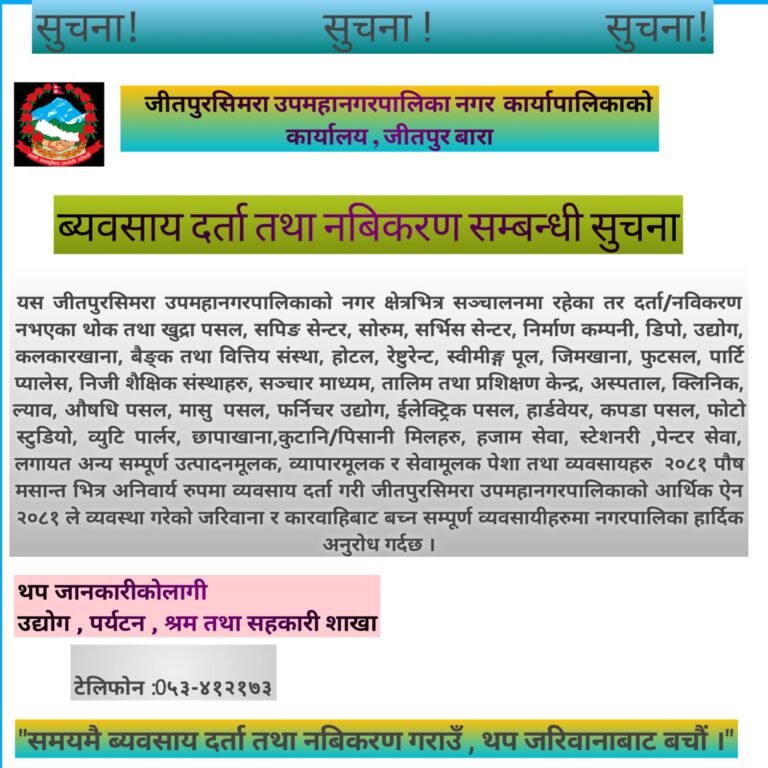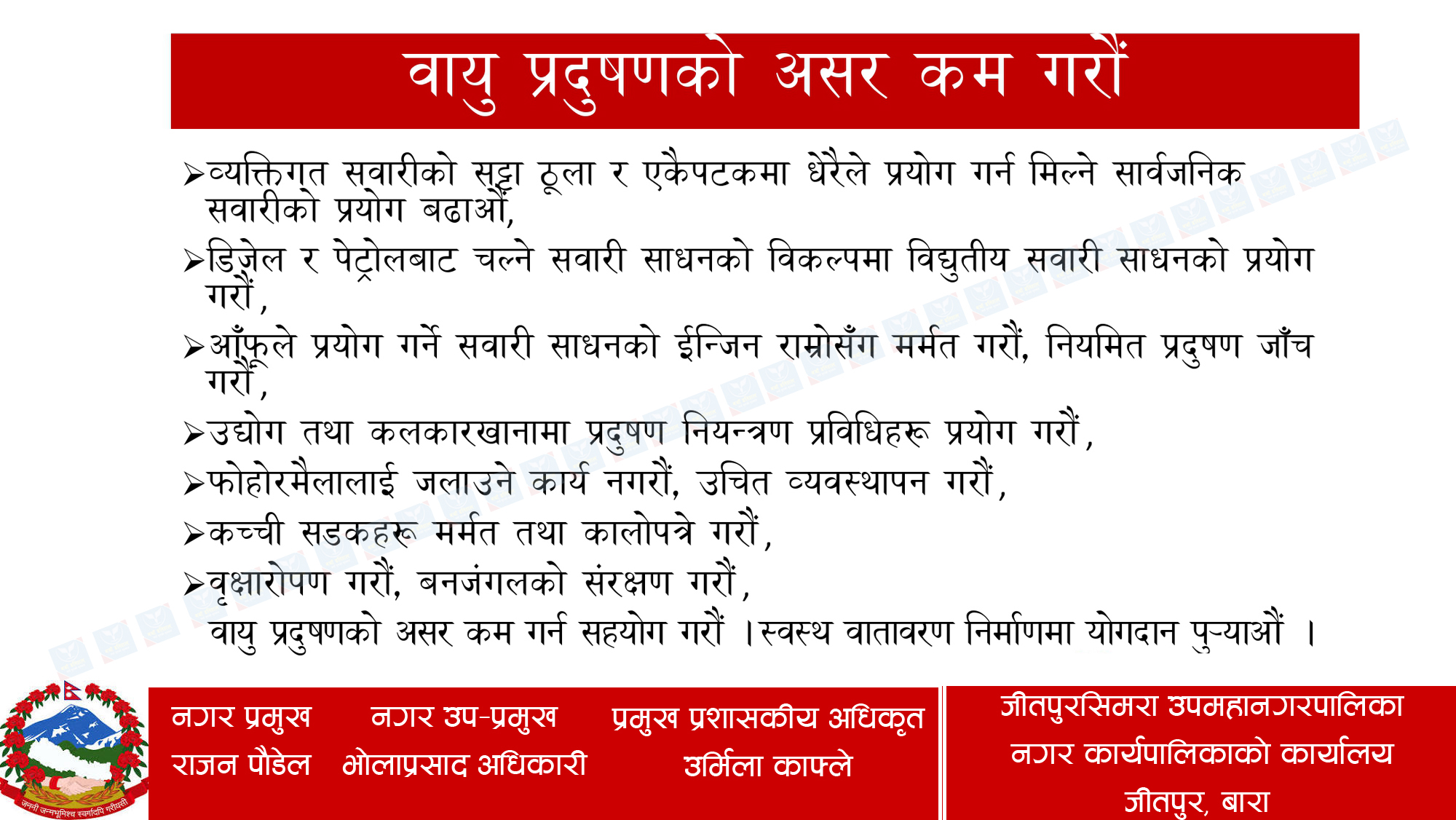KATHMANDU, August 3: Chandra Kumar Rai, 55, from Solukhumbu, underwent gallbladder surgery at Bir Hospital on Tuesday after enduring a seven-month wait for the procedure. Back in early February, he was referred to Bir Hospital from District Hospital Solukhumbu. At that time, he also had high blood pressure and was advised by the doctor to return to the hospital in mid-May. Unfortunately, his surgery had to be postponed due to the persisting high blood pressure. Finally, on August 3, he successfully underwent the gallbladder surgery.
Ranjita Das, 47, from Bafal, Kathmandu, had to wait four months for her gallbladder surgery. She initially sought treatment at Bir Hospital in mid-April and received the surgery summons in mid-July. Two years ago, an X-ray at a nearby health center had detected gallstones. The doctor had advised her to undergo the surgery in a timely manner, but she visited Bir Hospital in mid-April when her back pain intensified. After a four-month wait, the surgical operation was finally performed, and it was found that her gallbladder stone had enlarged to 19 mm. She believed that an earlier surgery could have prevented the stone from growing.
Sarita Khatiwada from Sarlahi also waited four months for her stone surgery at Bir Hospital. She arrived at the hospital in mid-April due to health problems and chose the hospital over private ones for its reputed reliability. Her surgery was eventually carried out in mid-July.
The above scenarios illustrate the lengthy waiting lists for surgeries at Bir Hospital, as reported by both admitted patients and doctors. This indicates a lack of efficiency and convenience in the healthcare services, especially at government hospitals.
The problem of long waiting periods for surgeries at Bir Hospital is not a new one. Even fifteen years ago, patients had to wait for months to undergo surgery, and the situation remains unchanged today. According to the hospital's director, Santosh Paudel, although some departments manage to schedule surgeries quickly, others still have extended waiting times. Crucial procedures like kidney stone removal, kidney transplant, bone transplant, and urology surgery often face delays. Urologist Paras Mani Shrestha reveals that patients may have to wait up to six months to get an appointment for urology surgery.
Piyush Dahal, former dean of the National Academy of Medical Sciences and a burn plastic surgeon, confirms that Bir Hospital has been attempting to address the issue of prolonged waiting times for surgeries in recent years, but progress has been slow. "There have been no improvements in surgical services with the passage of time," Dahal remarks.
Lack of operation theaters and manpower
At Bir Hospital, a place with a rich history and reputation as a trusted referral hospital in the country, patients receive treatments covered by the health insurance program, along with various other services and facilities. As a result, the number of patients seeking care at Bir Hospital has been steadily increasing.
However, the hospital is facing challenges due to a shortage of operation theaters and medical staff. Director Paudel highlights the lack of essential equipment, operating rooms, doctors, anesthetists, and medical resources, which has led to frustratingly long waiting times for surgeries. The surge in patients, coupled with the health insurance program, has further contributed to delays in performing essential surgeries.
Bhupendra Basnet, the vice-Chancellor of the National Academy for Medical Sciences, shares the same concern. He explains that the insufficient number of doctors compared to the high volume of patients results in patients having to wait for their turn to undergo surgery.
Urosurgeon Shrestha, working in the urology department, expresses frustration at the lack of proper management of operation theaters and specialist doctors. Despite requesting more operation theaters after the construction of a new surgical building, they have not been provided. This has led to longer wait times for patients seeking surgeries in this department. However, Shrestha also notes that patients who are at risk receive immediate attention and are prioritized for surgery.
Despite the waiting times, patients still place their trust in Bir Hospital for quality surgeries at affordable prices. Many patients prefer to wait for their turn here rather than opting for private hospitals, where the same treatments can be much more expensive.
Director Paudel adds that the cost difference is significant, with treatments costing a fraction of the price at Bir Hospital compared to private facilities. This affordability, coupled with the hospital's reputation for quality care, makes it a preferred choice among patients.
Former Dean Dahal acknowledges that despite the delay in surgeries, the hospital isn't fully utilizing its available resources. He believes that after the construction of the new surgical building, an adequate number of surgery rooms and daily surgery quotas should have been added to meet the increasing demand.
As per hospital records, during the old building's tenure, there were nine operating rooms, but the number has increased with the addition of six more rooms in the new building. The hospital has a total of 250 doctors, including 80 surgeons and 19 anesthetists.
In conclusion, Bir Hospital's popularity and reputation for providing affordable, quality care attract a large number of patients, leading to challenges in managing waiting times for surgeries. The hospital administration is aware of the issue and working to improve the situation by optimizing resources and facilities.
Methods to minimize wait times
The hospital director, Mr. Paudel, shares that they are actively working on increasing the number of surgeries performed at Bir Hospital. Currently, the hospital provides health services from 8 AM to 4 PM, but they have plans to extend these hours. To achieve this, they are considering offering incentives to doctors who are willing to work beyond the regular office hours. This means additional outpatient services will be available even after 4 PM, and they may charge slightly higher fees for surgeries during these extended hours.
Mr. Paudel emphasizes that this initiative will benefit both the doctors and the patients. It will provide doctors with the opportunity to offer their services at more flexible hours, and patients will have greater access to surgeries without facing long wait times.
He acknowledges that adding more surgery rooms within the current hospital building might not be feasible due to limitations in space and resources. Instead, the hospital's main approach to tackle the issue is by optimizing and making the best use of the existing structures and resources.
In summary, Bir Hospital is taking proactive measures to increase the number of surgeries by extending service hours and incentivizing doctors to work beyond regular hours. This approach aims to provide better healthcare access for patients and create a more convenient working environment for medical professionals, all while maximizing the hospital's existing capabilities.










